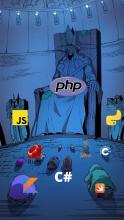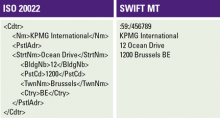Adaptive delivery for websites: a forgotten concept
Back in 2011 my team built a news website with adaptive delivery. It loaded a small html page with a JavaScript that checked the screen size and user agent, then based on whether the user was on a phone, a tablet or a desktop, downloaded and displayed the content crafted for that particular device. It then left a cookie to avoid the extra round-trip for returning visitors.
Nowadays people tend to adapt the design to devices with CSS frameworks and flexbox layout, but this does not always reduce traffic and CPU time for low-powered devices.
While our engineering feat was adorable and I praised the team for the achievement, this architecture did not last. The editorial team did not want to maintain essentially 3 different content layouts daily, the marketing team was not willing to compromise on ads on smaller screens.
None was happy except the readers.




